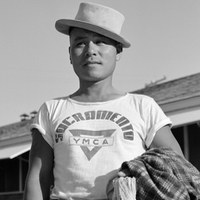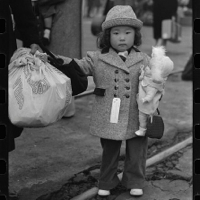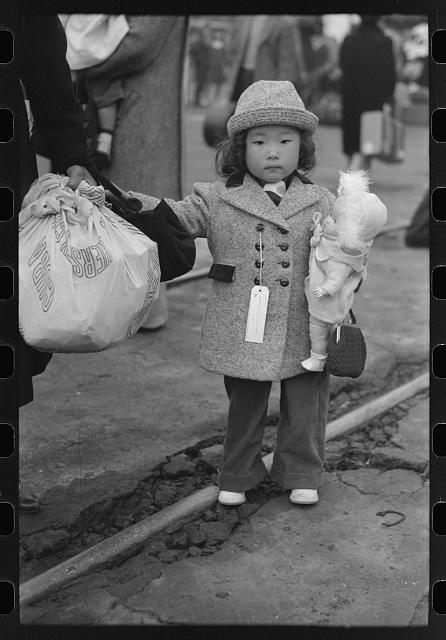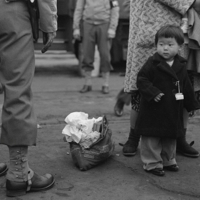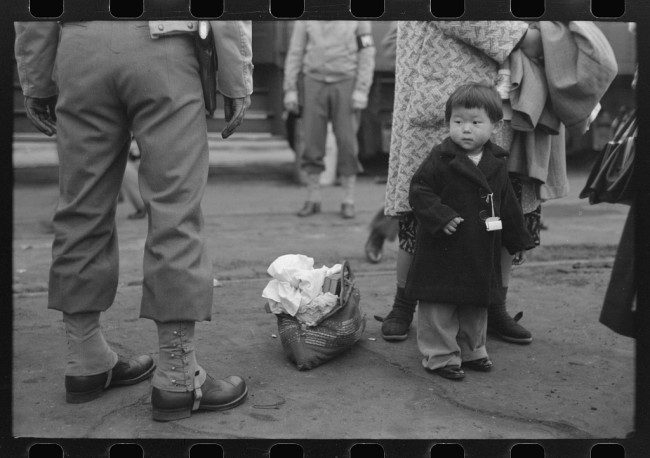Uprooted from Uprooted Exhibit on Vimeo.
During the forced removal and incarceration of Japanese Americans, some 33,000 Nikkei left concentration camps to work as seasonal farm laborers, often in the sugar beet industry. UPROOTED introduces their story. This traveling exhibit features a selection of images from federal photographer Russell Lee’s documentation of farm labor camps in Oregon and Idaho. Through Lee’s photographs, new research, and firsthand accounts from farm laborers themselves, the exhibit uncovers the rarely told story of life in the camps.
Oregon Nikkei Legacy Center
February 11th to June 19th.
121 NW 2nd Ave. Portland, OR 97209
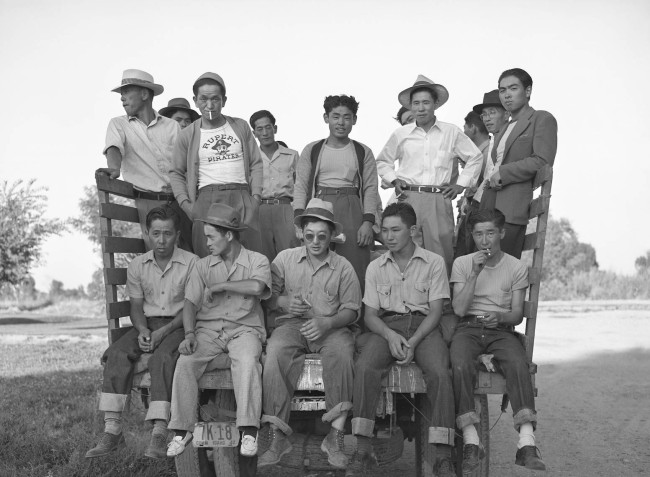
The Oregon Cultural Heritage Commission is proud to present Uprooted: Japanese American Farm Labor Camps During World War II. The exhibit features a selection of photographs from Russell Lee’s documentation of Japanese American farm labor camps near the towns of Nyssa, Oregon and Rupert, Shelley, and Twin Falls, Idaho. This is the first time many of these images have been exhibited. As a photographer for the Farm Security Administration (FSA), Lee captured nearly six hundred images of the Nikkei wartime experience. From 1935 to 1944, the FSA’s documentary photography program produced approximately 175,000 black-and-white film negatives and 1,600 color images.
Visitors will learn about Japanese American farm labor camps through Lee’s photographs, interpretative text panels, and a short documentary film featuring firsthand accounts about life in the camps. The exhibit’s website includes additional photographs, historic documents, video clips and transcripts from oral history interviews, and two lesson plans - How to Read Documentary Films and How to Read Documentary Photographs (Note: I developed both lessons).
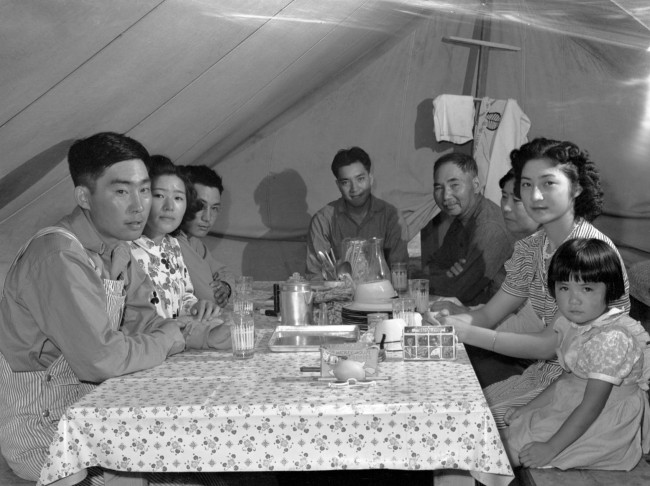
This exhibit was supported by grants from the National Park Service, Japanese American Confinement Sites Preservation Program; the Idaho Humanities Council, a State-based Program of the National Endowment for the Humanities; the Fred W. Fields Fund of The Oregon Community Foundation; the Malheur County Cultural Trust; and the Rose E. Tucker Charitable Trust.
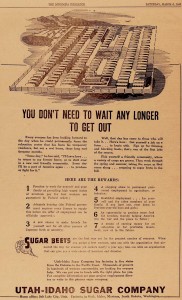 For more information on this project please contact the Oregon Cultural Heritage Commission. For questions regarding the JACS grant program, please contact Kara Miyagishima, Program Manager, Japanese American Confinement Sites Grant Program, NPS, at 303-969-2885.
For more information on this project please contact the Oregon Cultural Heritage Commission. For questions regarding the JACS grant program, please contact Kara Miyagishima, Program Manager, Japanese American Confinement Sites Grant Program, NPS, at 303-969-2885.
Click ad on left to enlarge For more photos see Uprooted Photo Gallery
Men on truck: Many of the single men and families came to the Rupert, Idaho camp from Minidoka, Heart Mountain, Manzanar, and Poston. The seasonal leave program drew a mix of people, some with previous agricultural experience and others without. Library of Congress, Prints & Photographs Division, FSA-OWI Collection, LC-USF34-073890-D.
The Ouchida family at the Nyssa, Oregon farm labor camp, pictured clockwise from the lower left: Jack, Shizuko, Henry, Thomas, Kiuda, Shizuyo, Mary, and Rosie. Library of Congress, Prints & Photographs Division, FSA-OWI Collection, LC-USF34-073354-D.
Newspaper Ad “You don’t need to wait any longer to get out.” From the Minidoka Irrigator.
Sugar companies posted recruitment notices and advertisements in public spaces throughout the camps, as well as in camp newspapers. Such advertisements emphasized seasonal labor as an opportunity to leave confines of camp, but also marketed the work as the patriotic duty of Japanese Americans, ignoring that they had been incarcerated and denied their civil liberties.
National Archives and Records Administration, Washington D.C., Record Group 210, War Relocation Authority.
